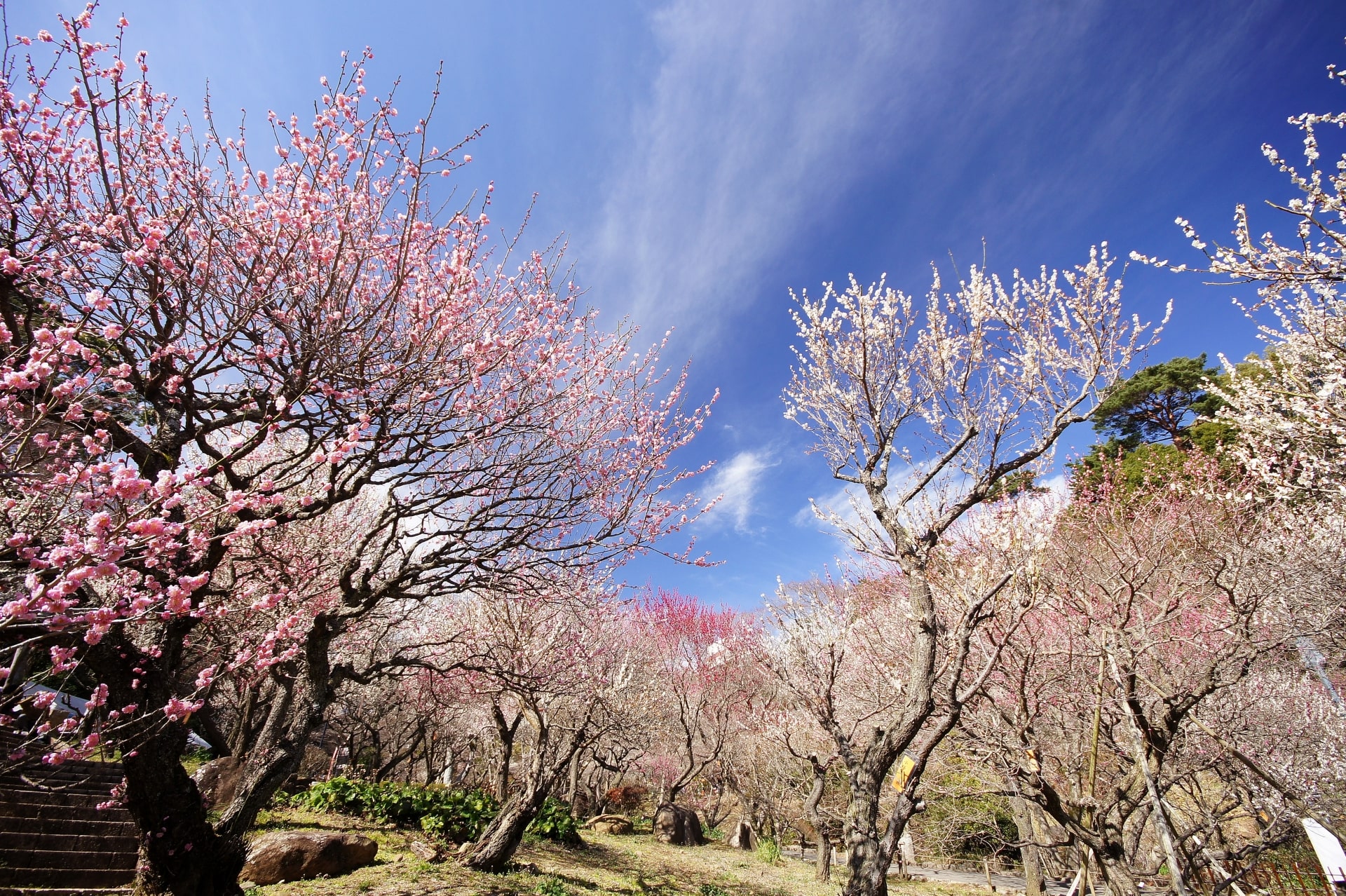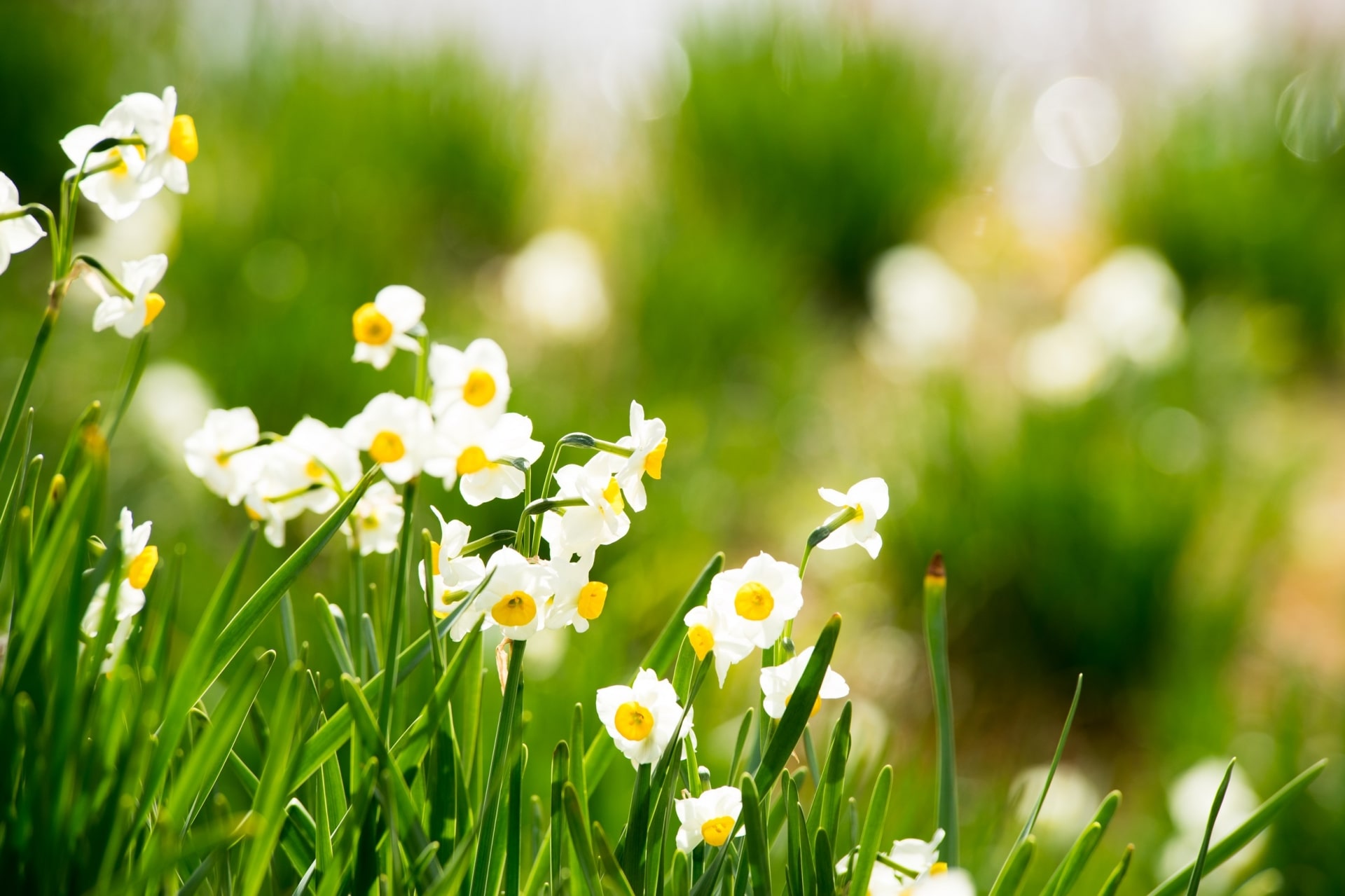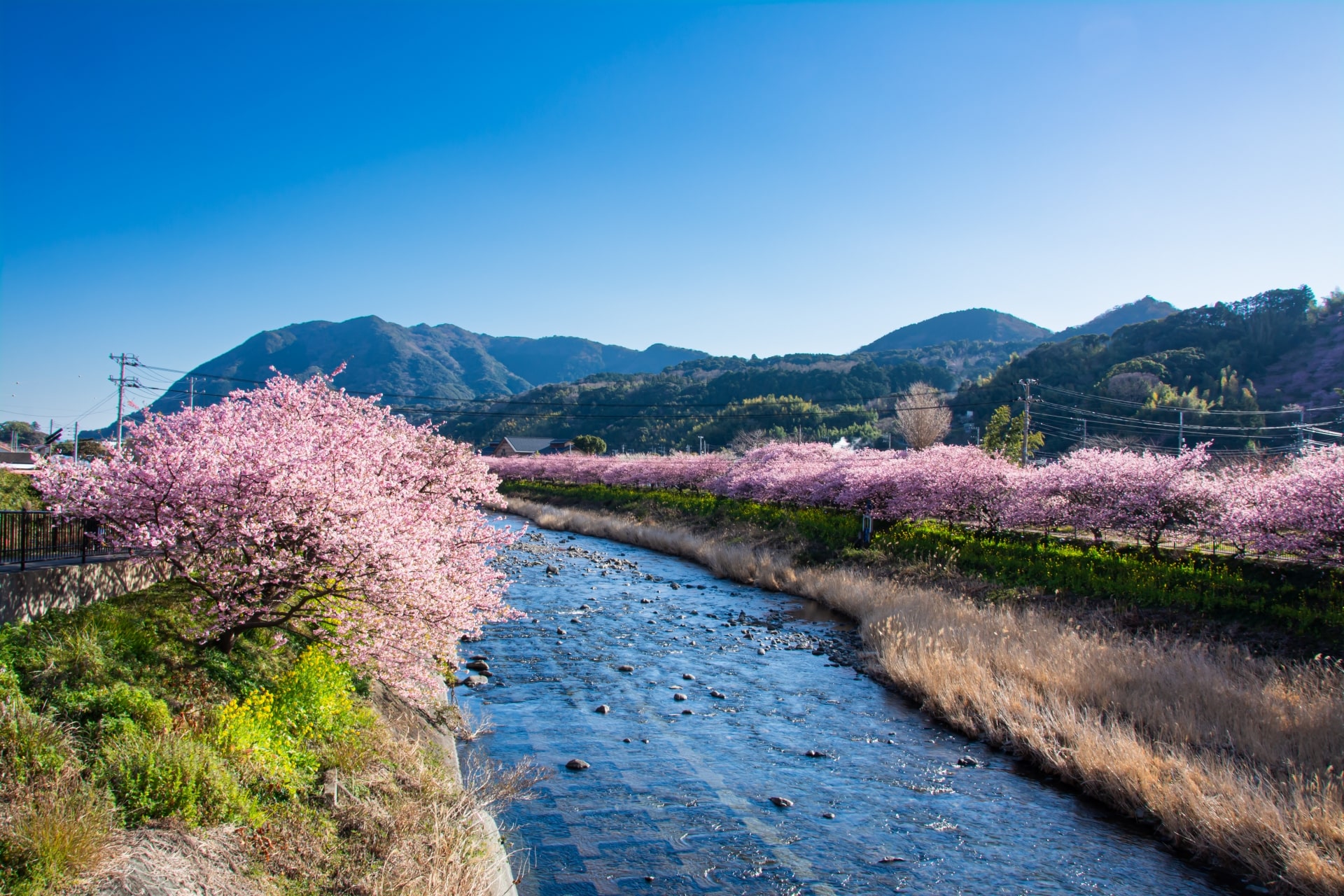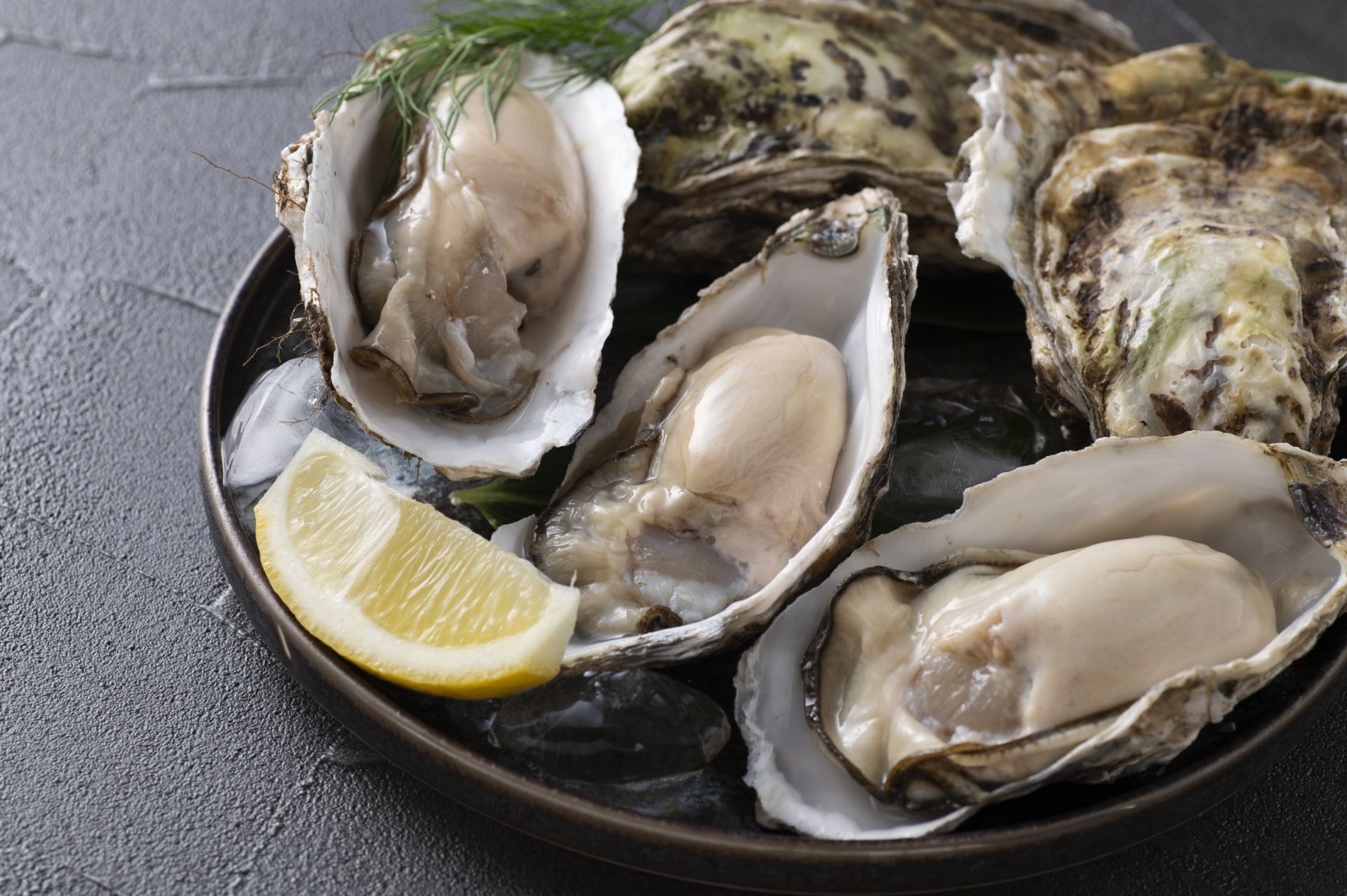February: Herald of Spring
February 01, 2023
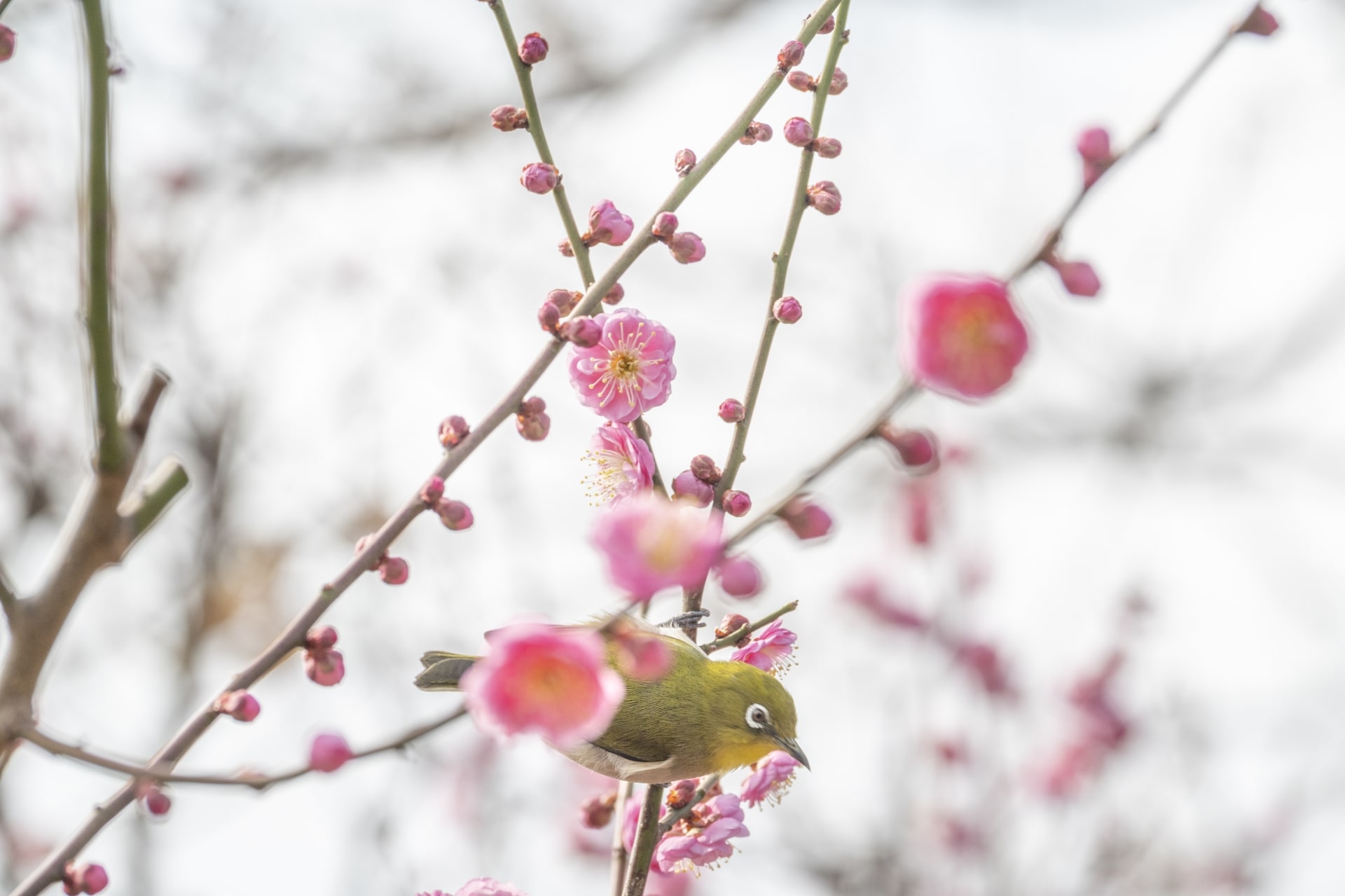
Plum blossoms
The arrival of spring in Japan may seem reliant on the blossoming of cherry trees and the festivities that surround them, but Japan’s landscapes are rescued from winter long before the pink flowers and hanami picnics begin. Bright yellow daffodils and pale plum blossom transform the simplest of views with bursts of color, paving the way for warmer days while using crisp blue skies for the perfect backdrop.
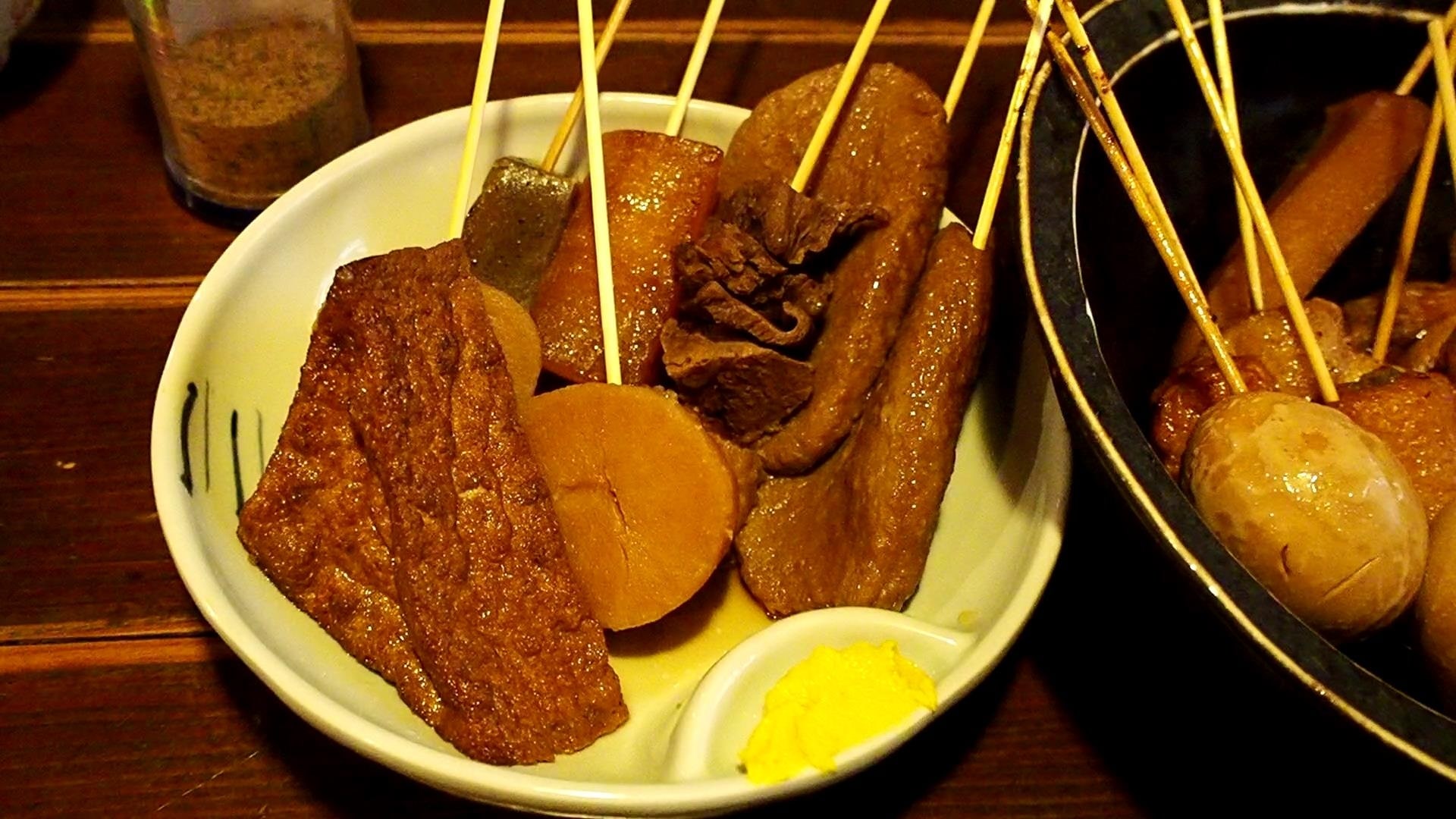
Shizuoka Oden
Plum blossoms are Japan’s original flower-viewing petals and are connected to hope, vitality and renewal. Coming into flower as early as January, they deliver the promise of spring while the chill of winter remains. While the two blossoms may seem indistinguishable to the newcomer’s eye, the perfectly rounded plum petal is a giveaway when compared to the split in the cherry petals. Add the darker bark and reddish leaves of a plum tree and you’ll soon see plum blossom for the unique beauty it holds. The coastal onsen town of Atami on the Izu Peninsula is home to the Baien Garden which hosts one of the country’s most popular plum blossom festivals. With over 450 plum trees and almost 60 different varieties, the garden has been much-loved since opening in 1886. Most beautiful in February, the park offers views of rolling hills with varying shades of pink as different varieties peak. Perfect for a refreshing stroll before an evening soak in one of the local natural hot springs, the garden is an ideal spot to learn about the beauty of the plum blossom. While in Atami, the local specialty of Shizuoka Oden is a must try. Packed with local veg, fishpaste cakes and other treats, here the broth is made with beef sinew and strong soy sauce and with each item skewered on a stick.
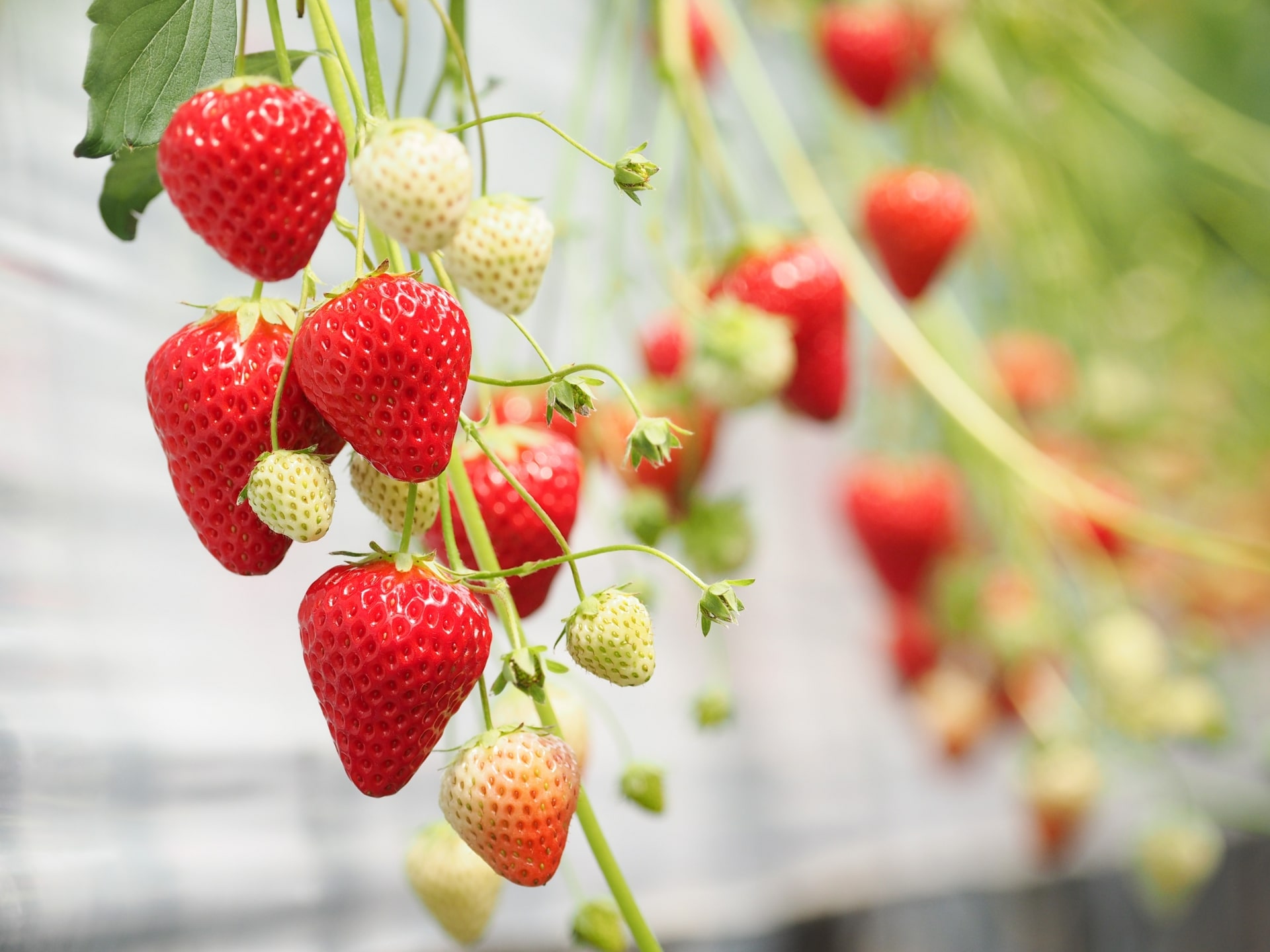
Strawberry farm
Each year, bright yellow daffodils carpet the town of Kyonan in Chiba Prefecture, making it one of Japan’s three biggest narcissus colonies. Here, tens of millions of bulbs open in full bloom, lining streets and pathways, gardens and mountainsides. Known as suisen in Japanese, here the flowers eschew the more global associations of vanity and are instead connected to respect and perseverance, with some elements of self-love. As Kyonan is the perfect day-trip distance from Tokyo, it’s popular with those from the capital seeking a burst of spring energy, and it certainly delivers. The three-kilometer walk from Hota Station is lined with five million bulbs, lasting well into February and known locally as Narcissus Road. A local illumination event takes place each year at the Sakuma Dam Park, offering an alternative view of the already beautiful scenery. The most common variety is the Narcissus Tazetta, easily spotted thanks to its pale cream petal and bright yellow trumpet. For a taste of spring, the local strawberry farms offer all-you-can-eat sessions in their bright greenhouses. Considered a winter delicacy in Japan but associated with summer in many countries, here they cross the divide and meet perfectly for a sweet and refreshing treat as spring seems just around the corner.
For those arriving in Japan a little early for the main cherry blossom season, there are still opportunities to enjoy the flowers. A special variety called Kawazu-zakura bloom in early February, and are nicknamed winter cherry blossom. The best place to enjoy this particular herald of spring is their hometown of Kawazu in Shizuoka. With around 8,000 trees it offers a stunning blossom-lined river walk, evening illuminations and hot springs to relax in while you admire the trees. Opening earlier and lasting for longer, the unusual variety offers an early taste of spring, with the brisk chill of February air—a perfect combination for hot springs and evening walks. It’s also the perfect time of year to enjoy one of the prefecture’s most popular specialties, Lake Hamanako Oysters. Available from October to mid-March, the oysters can be tried in restaurants or you can even enjoy an oyster farm experience on the lake’s quiet shores. A three-hour drive from Kawazu, the lake is an ideal stopover when exploring the coastline between Nagoya and Tokyo.
Bright and delicate, the flowers of early spring are a sign of warmer, brighter days to come. While winter is still in the air and warming delicacies are needed, the refreshing views of flowers allow us to look forward to the coming months with optimism.
For more details, contact DMC Japan to discuss ideas, locations and rates.
Contact Us


